“Oh great, another mindfulness app to add to my collection of things I’ll never use” or “I’m sure that $50 yoga class will really help me find my inner peace”. Mindfulness can be seen as a trendy and overhyped concept that is used to sell products or promote a certain lifestyle. However, it’s important to note that mindfulness can have real benefits when practiced sincerely and with intention, and that dismissing it entirely can be counterproductive to one’s well-being.
Mindfulness is often described as being “in the moment” or “fully present.” It involves paying attention to your thoughts, emotions, and sensations in a non-judgmental way. Mindfulness is about being aware of what is happening around you and within you, without getting caught up in your thoughts or feelings.
It’s a way to be more connected to the present moment and to live your life with greater intention and awareness. So, if you want to be a true boss and level up your mental game, make mindfulness a part of your daily routine, and watch as your stress levels plummet and your overall happiness and well-being soar!
Practice Mindfulness at Work
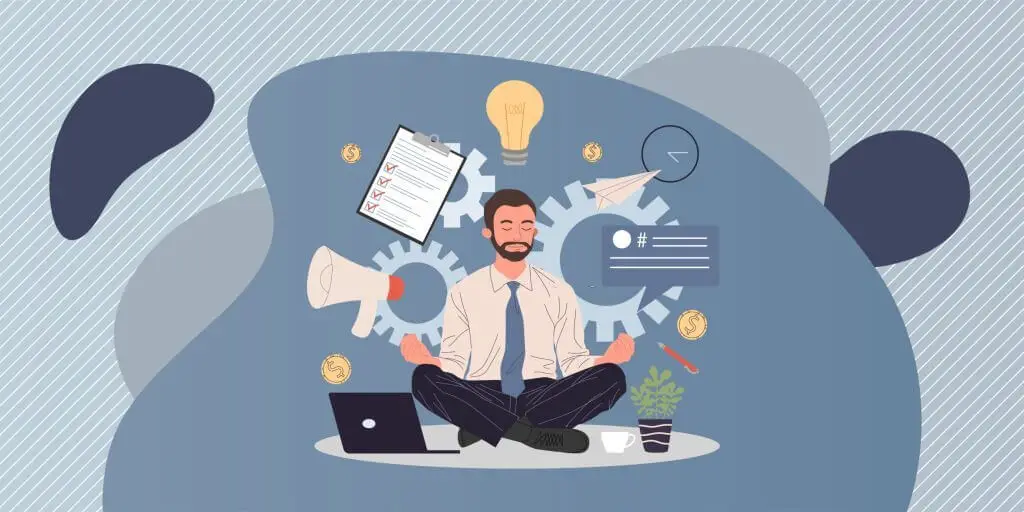
Mindfulness can be a powerful tool for increasing focus, reducing stress, and enhancing productivity in the workspace.
You might be thinking how to implement it?
Well, here are some steps you can follow to practice mindfulness at work:
- Start your day mindfully: Begin your workday by taking a few minutes to sit quietly, breathe deeply, and set your intentions for the day.
- Take mindful breaks: Take short breaks throughout the day to step away from your work and practice mindfulness. Use this time to breathe deeply, stretch, or take a mindful walk.
- Practice mindful listening: When in meetings or conversations, practice mindful listening. Focus your attention on the speaker and listen without judgment or distraction.
- Be present in the moment: When working on a task, be fully present in the moment. Focus your attention on the task at hand, and avoid multitasking or getting distracted by other tasks.
- Use mindfulness reminders: Use reminders, such as a gentle chime or a sticky note, to bring yourself back to the present moment and practice mindfulness throughout the day.
Remember, mindfulness is a skill that requires practice. Start with small steps, and gradually incorporate mindfulness into your daily work routine. With regular practice, you can develop greater focus, clarity, and productivity in your work.
After you have incorporated mindfulness at work, you’d need some fallback options when it’s time to work from home and for that we recommend you to read out “Top 5 Work From Home Productivity Tips“.
The Science of Mindfulness
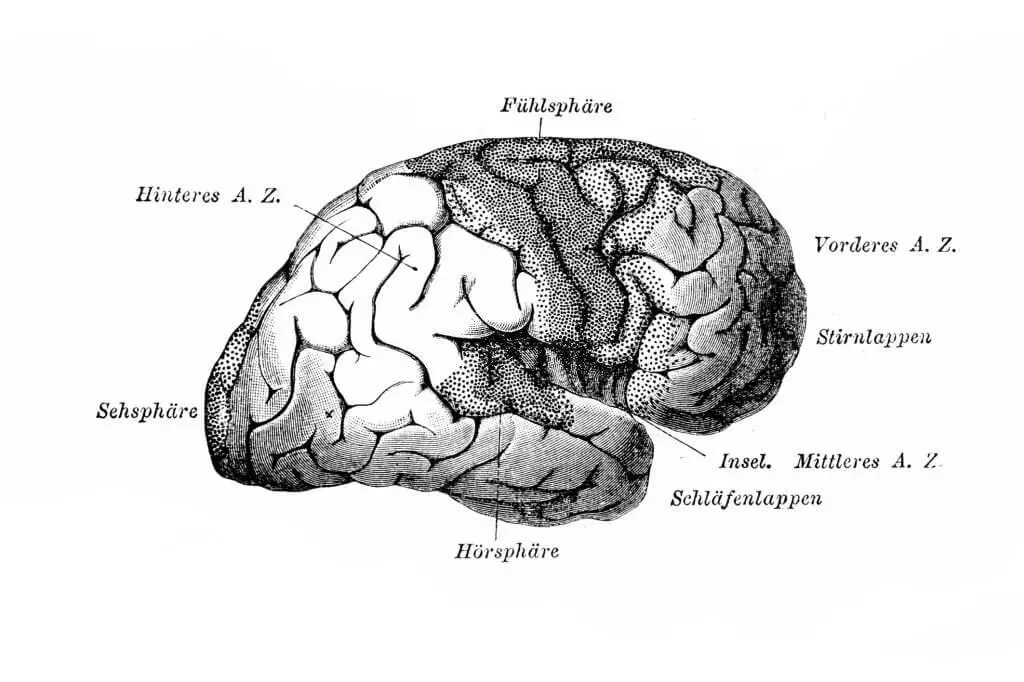
Practicing mindfulness can have many benefits.
- Reduced stress: Mindfulness can help reduce stress and anxiety by allowing individuals to focus on the present moment rather than worrying about the past or future.
- Improved mental health: Mindfulness has been shown to be effective in reducing symptoms of depression, anxiety, and other mental health issues.
- Increased focus: Mindfulness can improve focus and concentration, which can lead to increased productivity in work and other activities.
- Better decision-making: By practicing mindfulness, individuals can become more aware of their thoughts and emotions, which can lead to better decision-making.
- Improved physical health: Mindfulness has been shown to have physical health benefits such as reducing blood pressure, improving sleep quality, and reducing chronic pain.
- Enhanced self-awareness: Mindfulness can help individuals become more aware of their thoughts, feelings, and behaviors, which can lead to greater self-awareness and self-improvement.
- Better relationships: Mindfulness can improve communication skills and help individuals develop greater empathy and understanding in their relationships.
Overall, mindfulness can have many positive effects on both physical and mental health, as well as on personal and professional growth.
The Connection Between Productivity and Mindfulness

Here are some ways how mindfulness can improve productivity:
- Improved focus: Mindfulness practices such as meditation can help improve focus and concentration, allowing individuals to be more productive in their work.
- Reduced distractions: Mindfulness can help individuals become more aware of their thoughts and surroundings, reducing the impact of distractions on productivity.
- Increased clarity: By practicing mindfulness, individuals can gain clarity and perspective on their work, helping them prioritize tasks and make better decisions.
- Better time management: Mindfulness can help individuals become more aware of how they use their time, allowing them to manage their time more effectively and efficiently.
- Increased creativity: Mindfulness can help individuals access a state of flow, allowing them to tap into their creativity and problem-solving abilities.
- Reduced stress: Mindfulness can help reduce stress and anxiety, which can have a negative impact on productivity. By reducing stress levels, individuals can work more efficiently and effectively.
Getting Started With Mindful Meditation
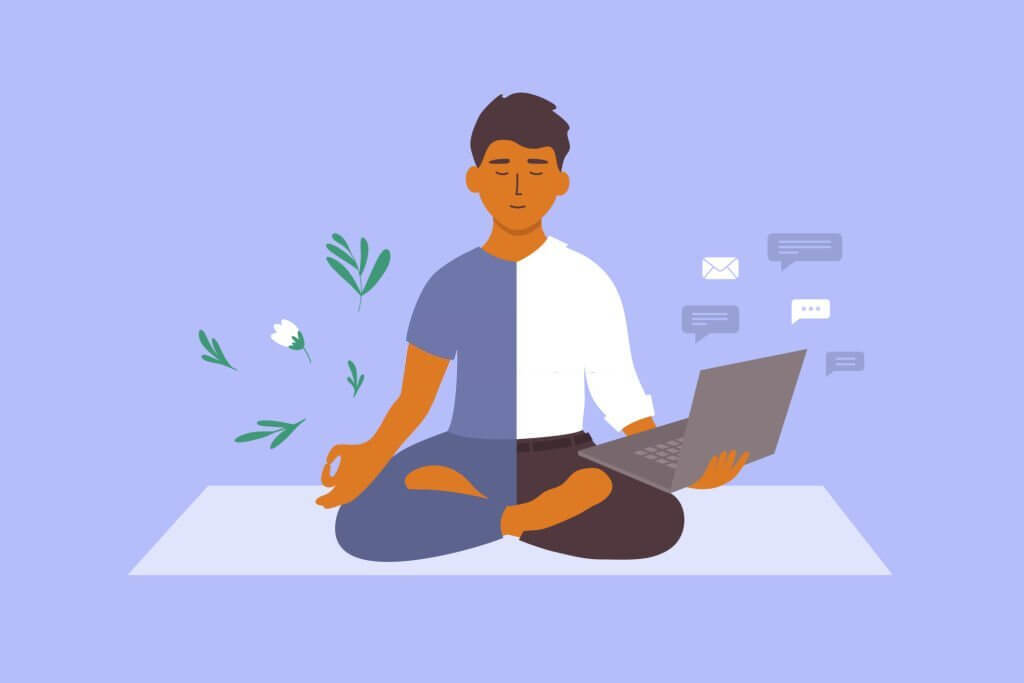
Want tips for incorporating meditation into your workday?
We got you.
- Schedule time for meditation: Set aside a specific time each day for meditation. It could be in the morning before work, during lunch, or in the afternoon as a break.
- Find a quiet space: Look for a quiet space in your workplace where you can meditate without interruptions or distractions. This could be a conference room, an empty office, or a designated meditation space.
- Use guided meditations: If you’re new to meditation or find it difficult to focus on your own, use guided meditations. There are many apps and websites that offer guided meditations specifically designed for the workplace.
- Start with short sessions: Begin with shorter meditation sessions, such as five or ten minutes, and gradually increase the length as you become more comfortable.
- Practice mindful breathing: If you don’t have time for a full meditation session, take a few minutes to practice mindful breathing. Simply focus on your breath and breathe deeply for a few minutes to help calm your mind and reduce stress.
- Make it a habit: Consistency is key when it comes to meditation. Make it a daily habit and stick to your schedule, even on busy days.
Remember, incorporating meditation into your workday doesn’t have to be complicated or time-consuming. Start with small steps and gradually build up your practice over time. By making meditation a part of your daily routine, you can experience the benefits of increased focus, reduced stress, and improved productivity.
If you’re still having trouble incorporating these tips in your daily routine, we highly recommend checking out “How to Balance Your Work and Personal Life for Optimal Productivity“.
Common Mindful Meditation Techniques

There are many different meditation techniques, but here are some of the most common ones:
- Mindfulness meditation: This technique involves focusing your attention on the present moment, without judgment. You can focus on your breath, bodily sensations, or sounds around you.
- Loving-kindness meditation: This technique involves focusing on feelings of love, kindness, and compassion towards yourself and others. It can involve repeating positive affirmations or visualizing a peaceful scene.
- Transcendental meditation: This technique involves the use of a mantra, or a word or phrase that you repeat to yourself silently. The mantra is used to help quiet the mind and enter a state of deep relaxation.
- Body scan meditation: This technique involves systematically focusing your attention on different parts of your body, from your toes to your head. It can help increase body awareness and relaxation.
- Chakra meditation: This technique involves focusing on the seven chakras, or energy centers, in the body. It can involve visualization, breathing exercises, or chanting.
- Movement meditation: This technique involves incorporating gentle movement into your meditation practice, such as yoga, tai chi, or walking meditation.
- Guided meditation: This technique involves following along with a guided meditation, either in-person or through an app or recording. The guide provides instructions and prompts to help you enter a meditative state.
Remember, there is no right or wrong way to meditate. The most important thing is to find a technique that works for you and to practice consistently.
Benefits of Group Meditation
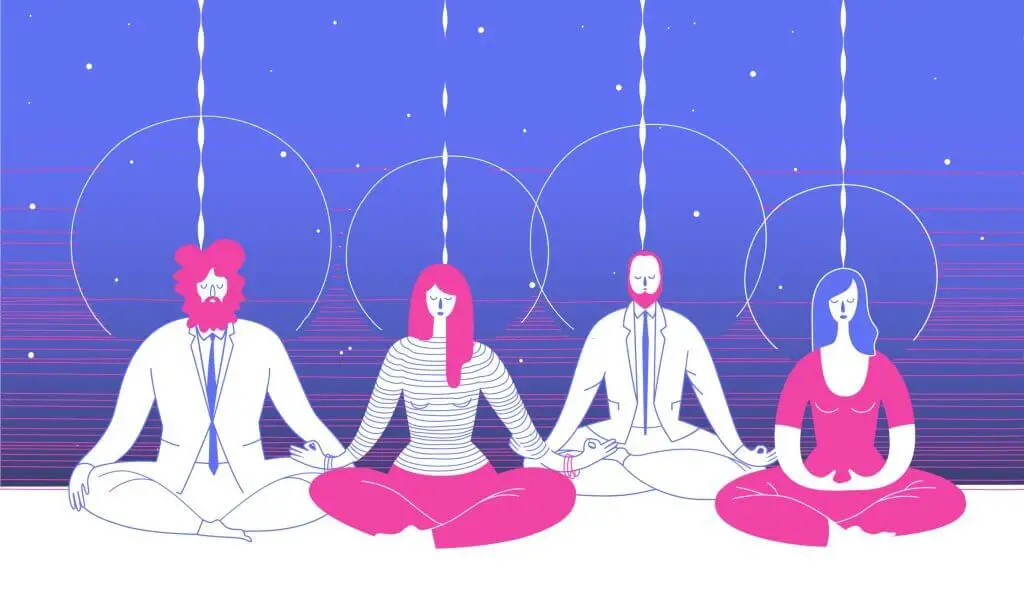
Group meditation can offer several benefits, including:
- Increased sense of community: Group meditation can help individuals feel a sense of belonging and connection to others who share their interest in mindfulness and meditation.
- Enhanced motivation: Group meditation can help individuals stay motivated and committed to their meditation practice by providing a sense of accountability and support.
- Deeper meditation: Group meditation can create a shared energy and focus that can deepen the meditation experience and help individuals enter a deeper state of relaxation and awareness.
- Reduced stress: Group meditation can provide a sense of calm and relaxation, which can help reduce stress and anxiety.
- Increased compassion and empathy: Group meditation can help individuals develop a sense of compassion and empathy towards others by promoting feelings of connection and unity.
- Improved social skills: Group meditation can provide opportunities for individuals to practice social skills, such as active listening and communication.
- Enhanced spiritual growth: Group meditation can offer opportunities for individuals to explore and deepen their spiritual growth through shared experiences and discussions.
Overall, group meditation can offer many benefits beyond those experienced through individual meditation practice. It can help individuals develop a sense of community and connection, deepen their meditation experience, and promote overall well-being.
But how to find one in the local community?
Here are some ways to find a group to meditate with:
- Local meditation groups: Check local listings for meditation groups in your area. Many communities have groups that meet regularly for meditation sessions.
- Yoga studios: Yoga studios often offer group meditation classes or may have information on meditation groups in the area.
- Mindfulness centers: Look for mindfulness centers or wellness centers in your area. They may offer meditation classes or groups.
- Meetup groups: Use websites like Meetup.com to find meditation groups in your area. These groups may meet in public places or homes and can be a great way to connect with others who share your interest in meditation.
- Online groups: Many online groups offer virtual meditation sessions and support. Look for online meditation groups or communities on social media or meditation apps.
- Workplaces: Some workplaces offer meditation groups or classes as part of their wellness programs. Check with your HR department or wellness program to see if this is available to you.
Remember, finding a group to meditate with can take some time and effort, but the benefits of connecting with like-minded individuals can be worth it. Keep an open mind and be willing to try different groups or techniques until you find the right fit for you.
Overcome Obstacles
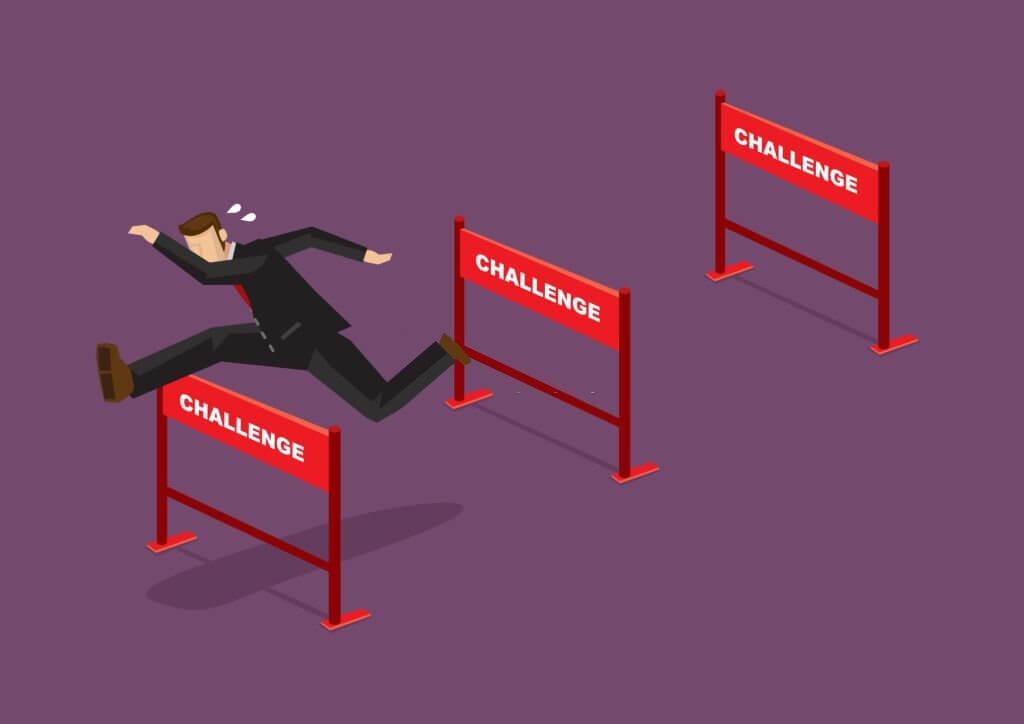
Meditation can be challenging, especially for beginners. Here are some tips on how to overcome obstacles during meditation:
- Distractions: It’s common to be distracted during meditation by thoughts, sounds, or physical sensations. Instead of trying to push these distractions away, acknowledge them and gently bring your focus back to your breath or your chosen meditation technique.
- Restlessness or discomfort: If you feel restless or uncomfortable during meditation, try adjusting your posture or taking a few deep breaths. You can also try a different meditation technique, such as a body scan or movement meditation.
- Lack of motivation: If you’re struggling to stay motivated to meditate, try setting specific goals or finding an accountability partner. You can also try different meditation techniques to keep things interesting and challenging.
- Busy mind: If your mind is racing during meditation, try using a mantra or counting your breaths to help focus your attention. You can also try guided meditations that provide more structure and guidance.
- Impatience or frustration: It’s common to feel impatient or frustrated when progress in meditation feels slow or non-existent. Remember that meditation is a practice and that progress takes time. Try to approach your practice with a sense of curiosity and non-judgment.
- Lack of time: If you’re struggling to find time to meditate, try incorporating it into your daily routine, such as during your morning or evening routine. Even a few minutes of meditation each day can be beneficial.
Remember, meditation is a practice, and it takes time and effort to develop. Be patient with yourself and focus on building consistency and regularity in your practice. With time and practice, you will likely find that obstacles become less frequent and easier to overcome.
Wrapping Up!
Mindful meditation is a chill way to de-stress, stay focused, and improve our mental well-being. Plus, it’s totally customizable to our individual needs and preferences – we can meditate alone, with a group, or even with our favorite music. So if you’re feeling overwhelmed or just need a little mental boost, give meditation a try – you might be surprised at how much it can help!
It’s a dope way to chill out and reduce stress, and it can help you stay focused and motivated in your daily life. Meditation is a great way to connect with your inner self and build a deeper sense of mindfulness and self-awareness. So if you’re looking to level up your self-care game, give meditation a try and see how it can help you feel more zen and centered.
If you wanna dive deeper into what mindfulness actually is we recommend checking out Greater Good Magazine’s take on it.

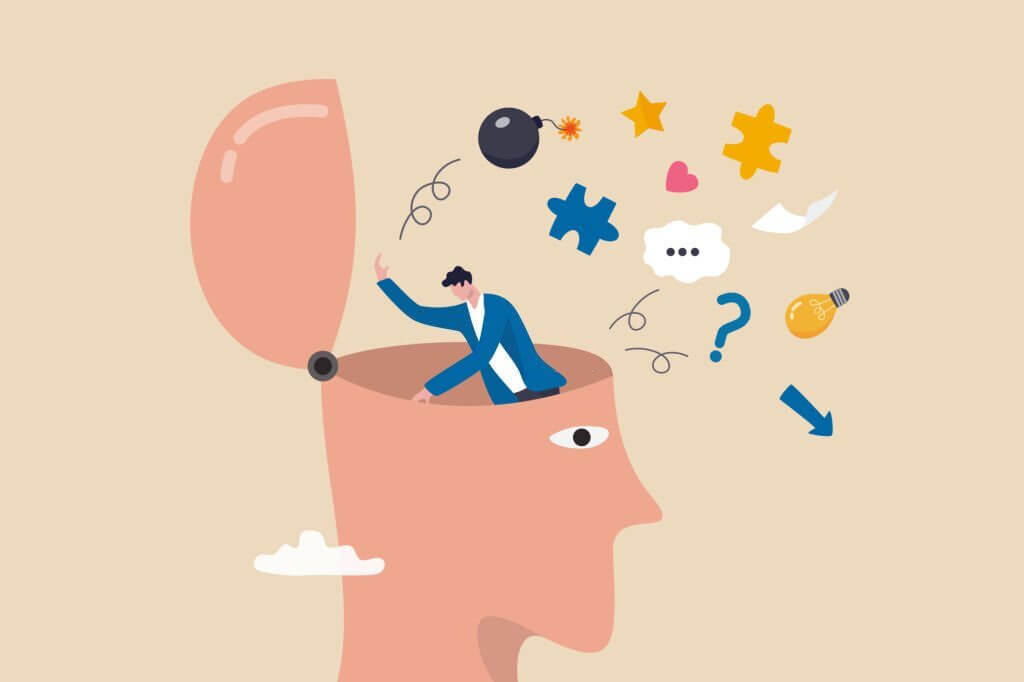

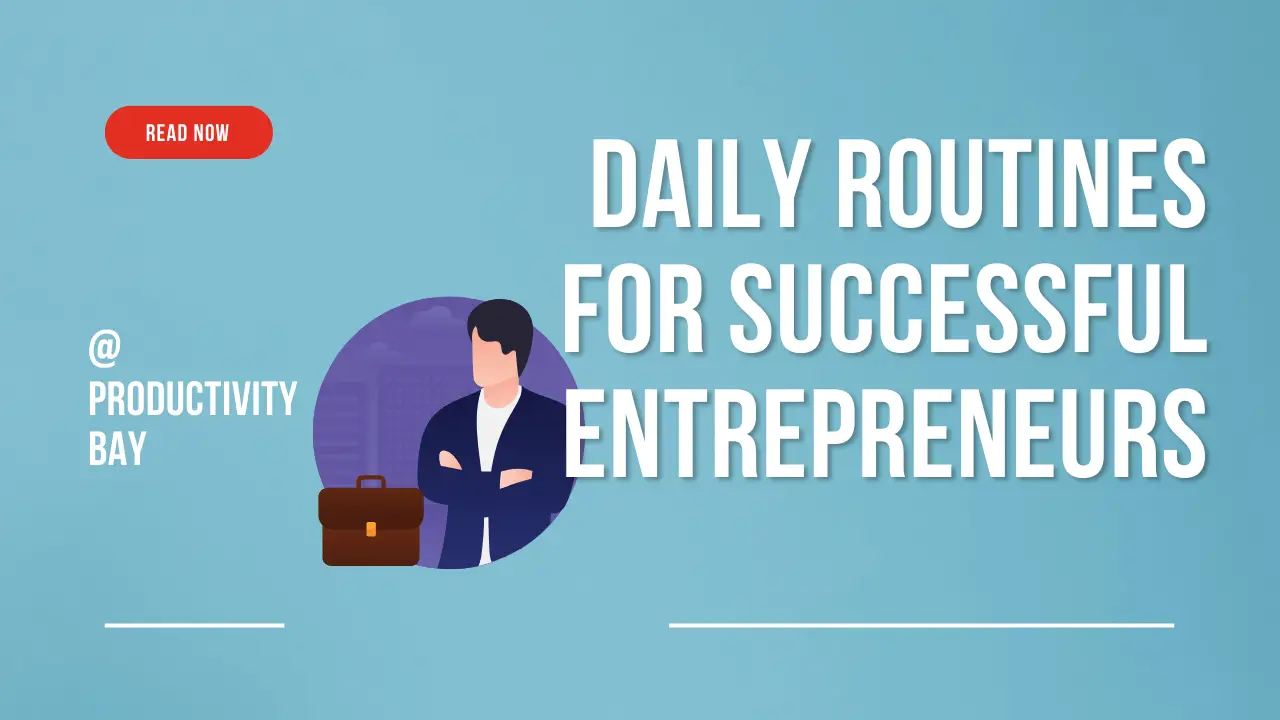
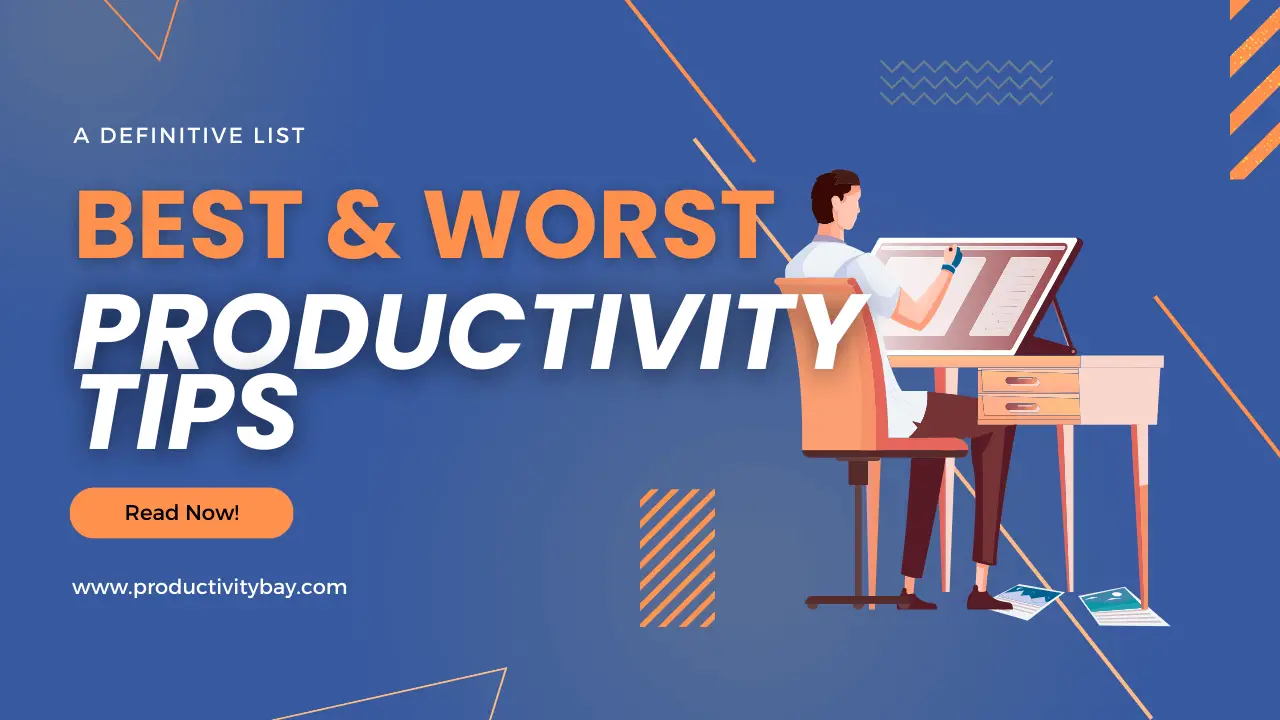
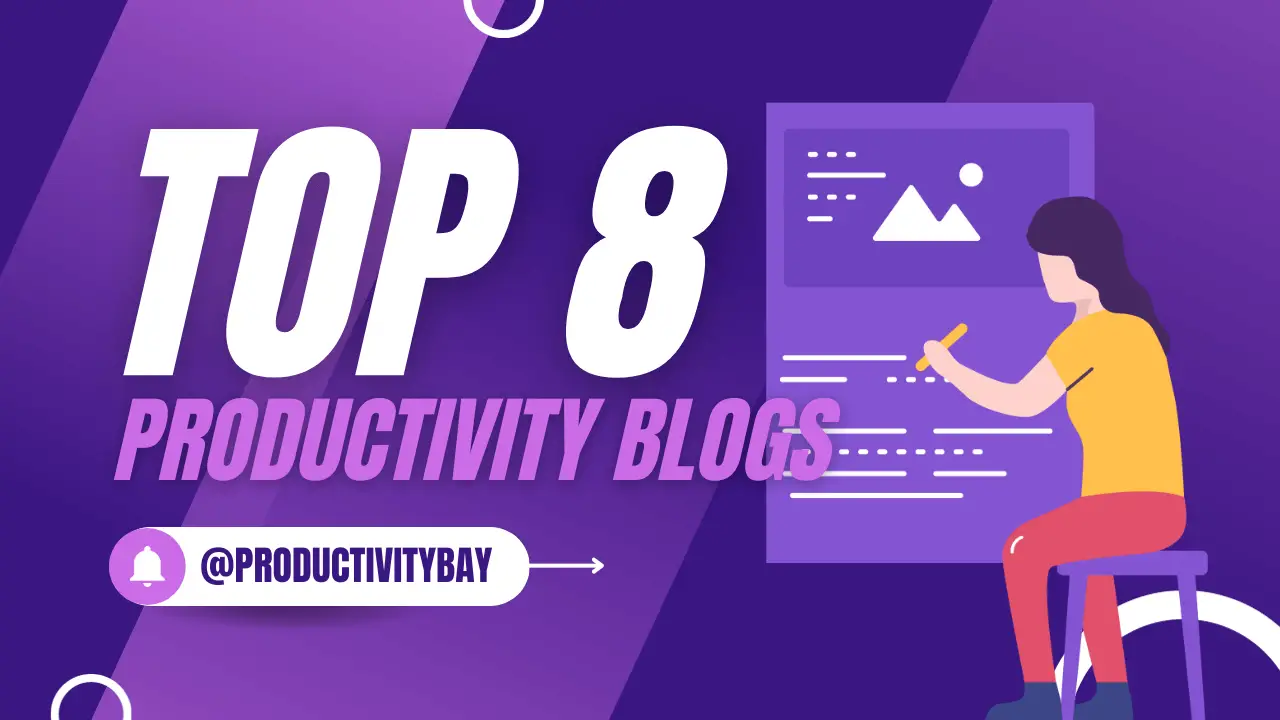

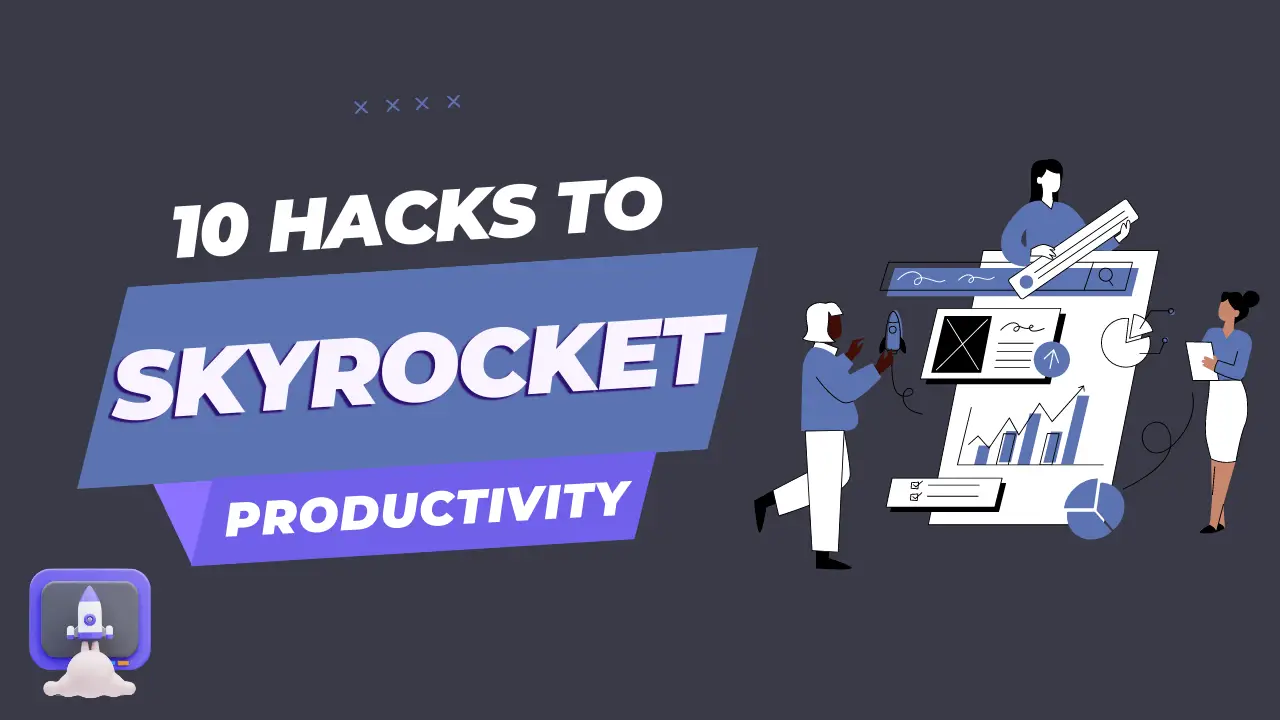

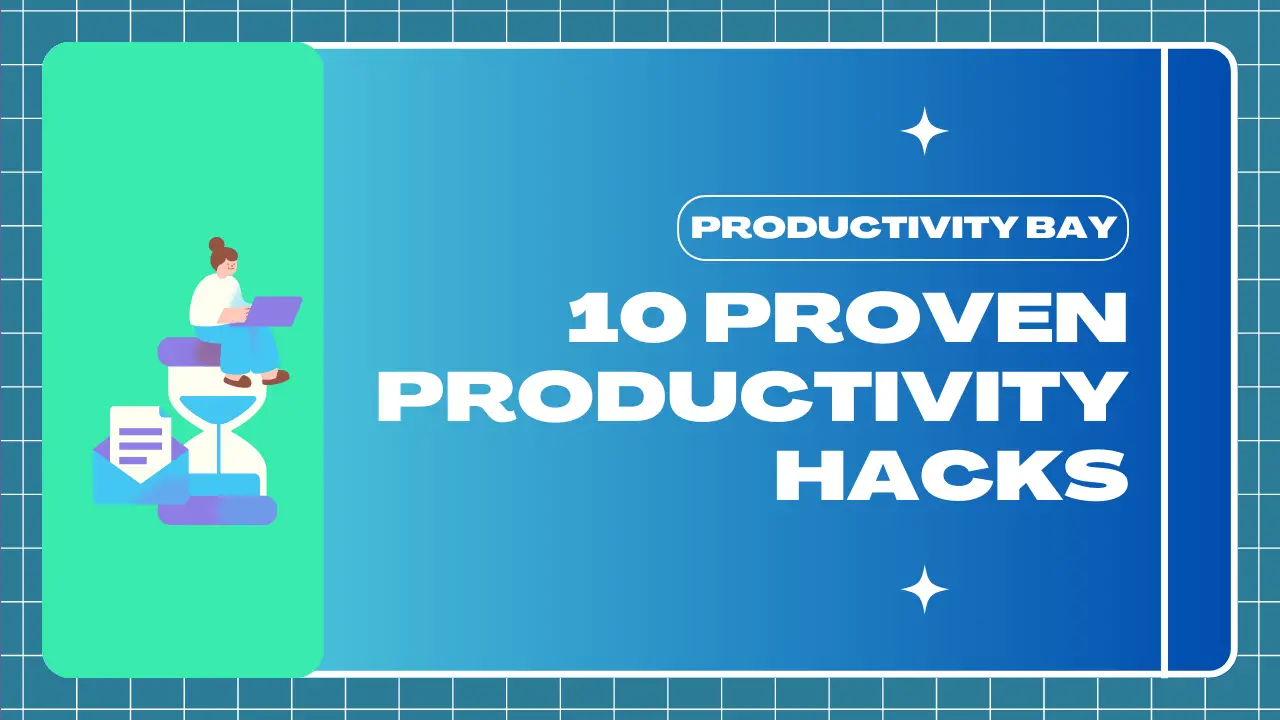



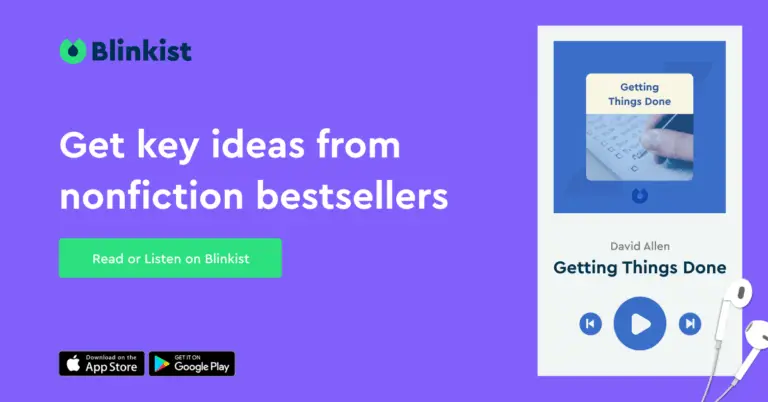

Leave a Reply